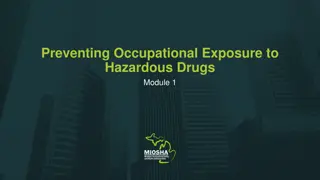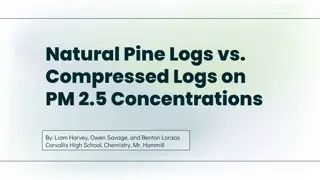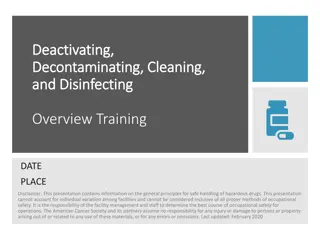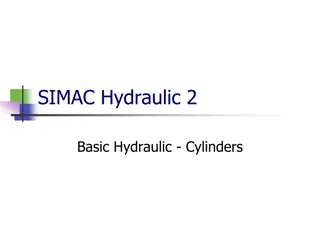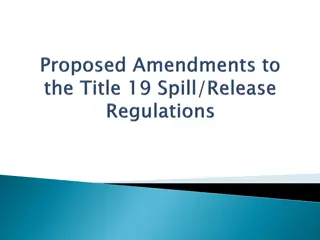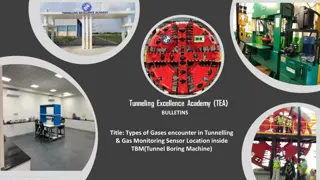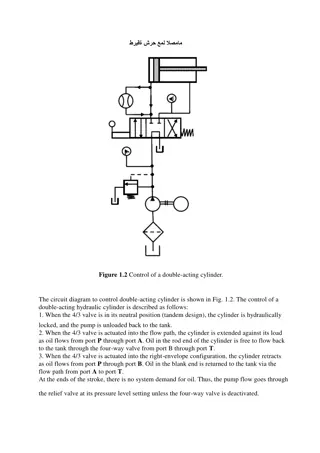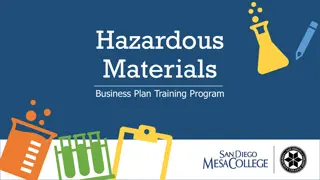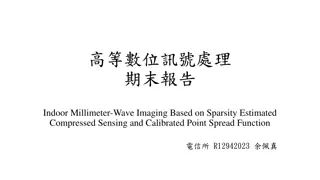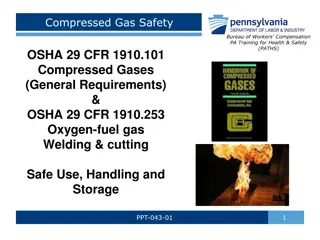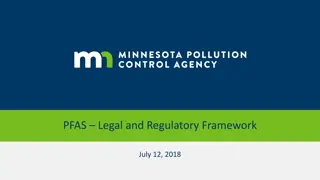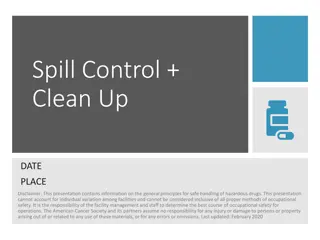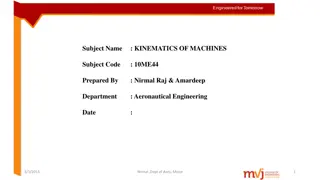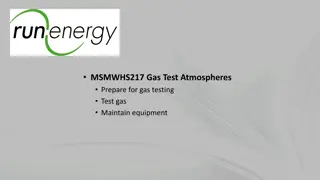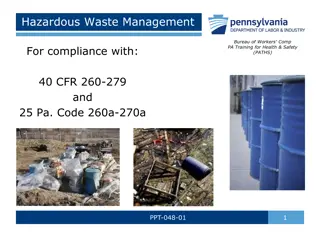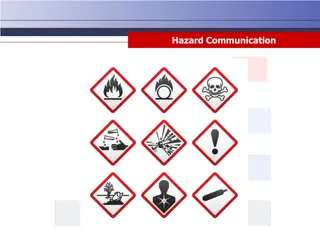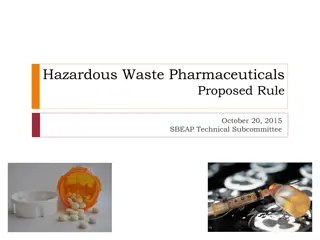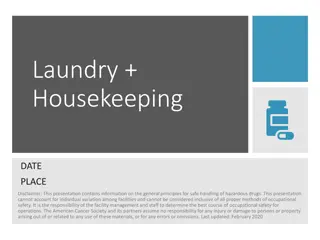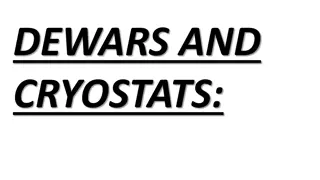Hazardous Gases and Compressed Cylinders Safety Guidelines
Proper handling and storage of hazardous gases in compressed cylinders are critical to prevent accidents and ensure workplace safety. Toxic, reactive, flammable, and inert gases pose various risks that must be managed effectively. This comprehensive guide covers key safety measures for storage, usage, and handling of compressed cylinders, including identifying different types of gases and implementing necessary precautions to minimize hazards.
Download Presentation

Please find below an Image/Link to download the presentation.
The content on the website is provided AS IS for your information and personal use only. It may not be sold, licensed, or shared on other websites without obtaining consent from the author.If you encounter any issues during the download, it is possible that the publisher has removed the file from their server.
You are allowed to download the files provided on this website for personal or commercial use, subject to the condition that they are used lawfully. All files are the property of their respective owners.
The content on the website is provided AS IS for your information and personal use only. It may not be sold, licensed, or shared on other websites without obtaining consent from the author.
E N D
Presentation Transcript
Hazardous Gases COMPRESSED GAS CYLINDERS 1
Hazardous gases Toxic gases such as CO, NH3 pose risk via inhalation. No pressure release valves Reactive gases like HCl, NO, and NO2 make corrosive acids in air. Metal hydride gases such as B2H6 are highly toxic and pyrophoric. Decompose generating large amounts of H2 gas, over-pressurizing tanks. Long term storage problems. Flammable gases H2 and acetylene Lighter than air, wide flammable ranges, very low ignition (static spark) Flammable Gas 2 Unstable gases decompose exothermically acetylene, NO, NO2 Non-Flammable Gas 2 Inhalation Hazard 2 Chemical asphyxiant (TOXIC) HCN, H2S, CO Inert gases - asphyxiate by displacing oxygen (Ar, N2, He, CO2) Have pressure relief valves Oxygen 2 2
Gas Cylinder Caps Always have cylinder cap in place unless in use! 3
Compressed Cylinders Storage Secure all cylinders to a wall in designated locations using a strap. Labels on cylinder should be visible where stored. FULL IN USE EMPTY Full, in use, empty tags Segregate full and empty cylinders and keep incompatible cylinders >20 ft apart. eg oxygen gas and other flammable gasses Do not store cylinders >3 years. Oxygen 2 4
Compressed Cylinders Usage Get trained on the specifics of using a new regulator or gas. Be aware of approved regulator types, required monitors, PPE and storage when purchasing and setting up. (Get help from supplier eg Airgas) Use the buddy system when changing hazardous gas cylinders. Always use a proper carrier or cart with a chain. Do not use Teflon tape or thread sealant on cylinders. 5
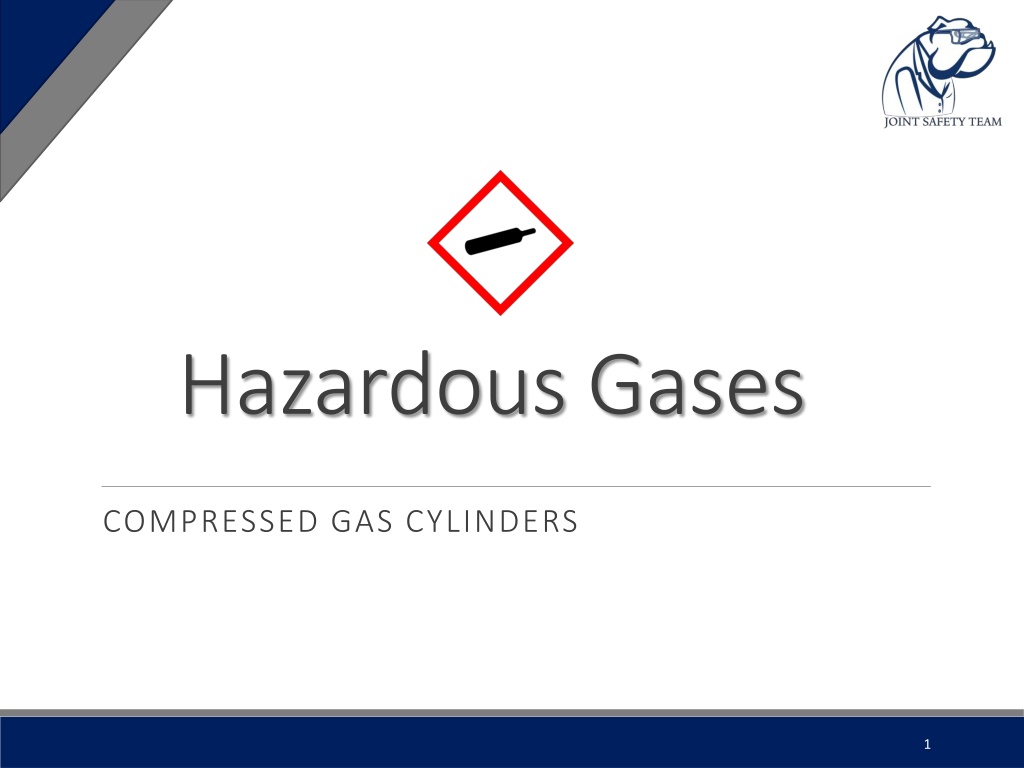
 undefined
undefined






